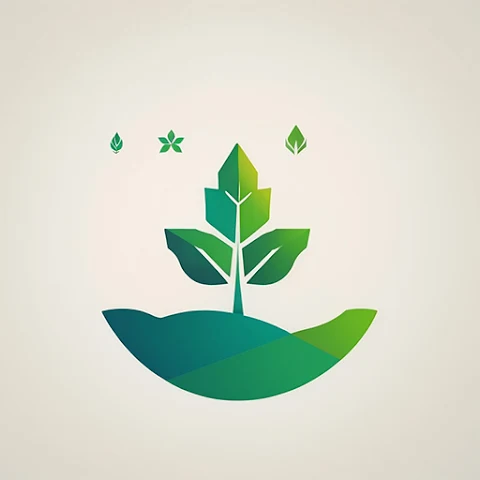Adverts
See images from your past life right now!
In the vast universe of contemporary technologies, innovative applications are emerging that challenge the limits of imagination and explore hitherto unexplored dimensions.
Adverts
One of these intriguing applications is “PastLives”, a platform that promises to take users on a unique journey through time, allowing them to view images of their past lives.
Imagine being able to unravel the mysteries that permeate your previous existence, delving into narratives that transcend the limits of the present.
Adverts
This text explores the fascinating world of the PastLives app, its features and the philosophical questions that this experience can raise.
PastLives
PastLives presents itself as a bridge between the present and the past, using advanced virtual reality and artificial intelligence technologies to create an immersive and personalized experience.
Upon launching the app, users are asked to answer a series of questions about their preferences, personality and life experiences.
Based on these responses, the PastLives algorithm seeks to reconstruct the user's possible past lives.
Once this initial phase is complete, the application transports the user to a virtual environment that represents the time and place of their past life.
The images are generated realistically, incorporating historical, cultural and social details.
The user can explore this virtual environment, interact with fictional characters and experience memorable moments from their previous life.
The Technology Behind the Past:
The success of PastLives lies in the combination of several advanced technologies. Virtual reality (VR) delivers an immersive visual experience, while artificial intelligence (AI) analyzes data provided by users to create cohesive, compelling narratives.
Machine learning algorithms are employed to continuously improve the accuracy of reconstructions, taking into account feedback and new information provided by users.
The app also uses neural mapping techniques to create visual representations of memories that supposedly belong to the user's past life.
This fusion of technologies results in an experience that challenges conventional understandings of time, allowing users to immerse themselves in vivid and possibly enlightening narratives about their current existence.
Ethical and Philosophical Challenges:
PastLives' proposal is not free from ethical and philosophical questions. The idea of accessing supposed past lives raises debates about the nature of identity, the validity of memory, and the ethics behind manipulating these experiences.
Critics argue that the technology can distort the perception of reality, leading users to confuse virtual experiences with real memories.
Furthermore, the PastLives raises concerns about data privacy and security as users share significant personal information so the app can create a personalized narrative. How is this data stored and protected?
How can we ensure that they are not misused?
Conclusion
The PastLives app offers a unique and fascinating experience by promising users a glimpse into their past lives.
By bringing together emerging technologies, the app creates an immersive environment that challenges conventional notions of time and identity.
However, the fascination generated by this proposal is not free from ethical and philosophical challenges, requiring careful reflection on the limits of technology and the potential impacts on the perception of reality.
Ultimately, PastLives leads us to ponder the complex intersection between technology and human experience.
By exploring the past, we can discover not only supposed previous lives, but also the ethical and philosophical boundaries that permeate our search for understanding and meaning.
As this technology evolves, it is crucial to continue questioning and evaluating its impact on society and the way we perceive our own existence.
PastLives, therefore, is not just a dive into the past, but a provocation towards the future, where the intersection between technology and spirituality continues to challenge our most ingrained conceptions.



